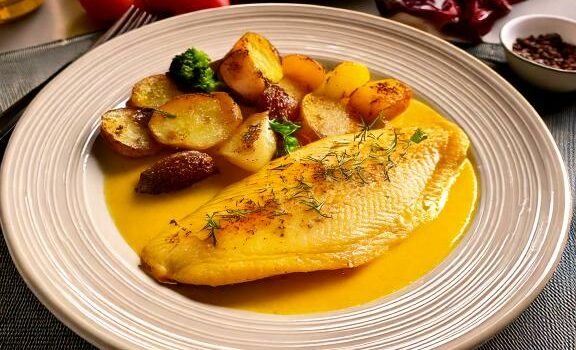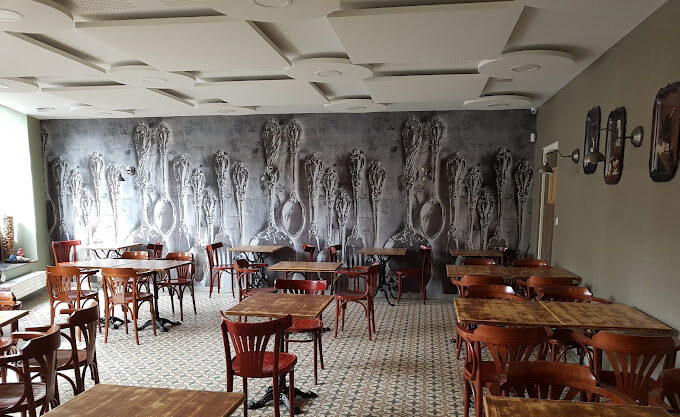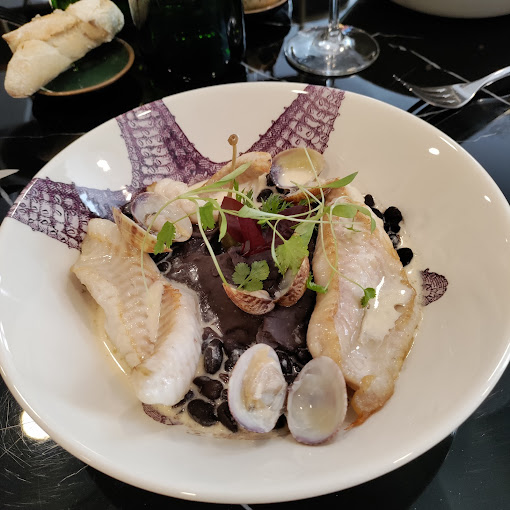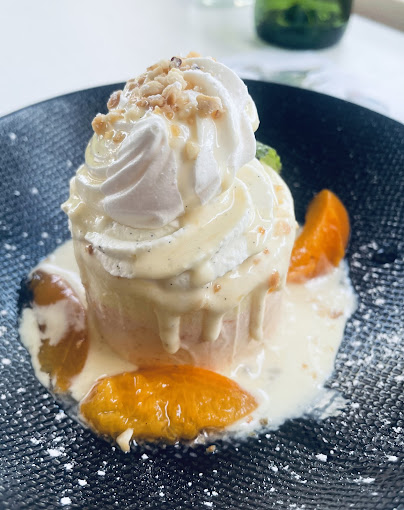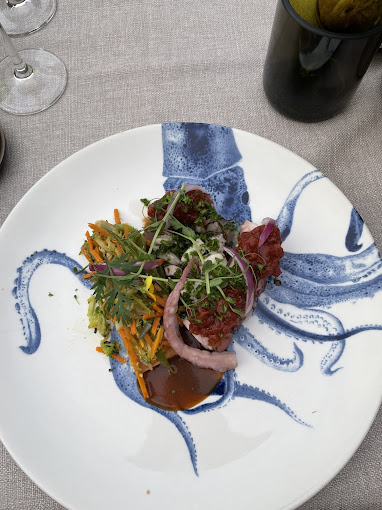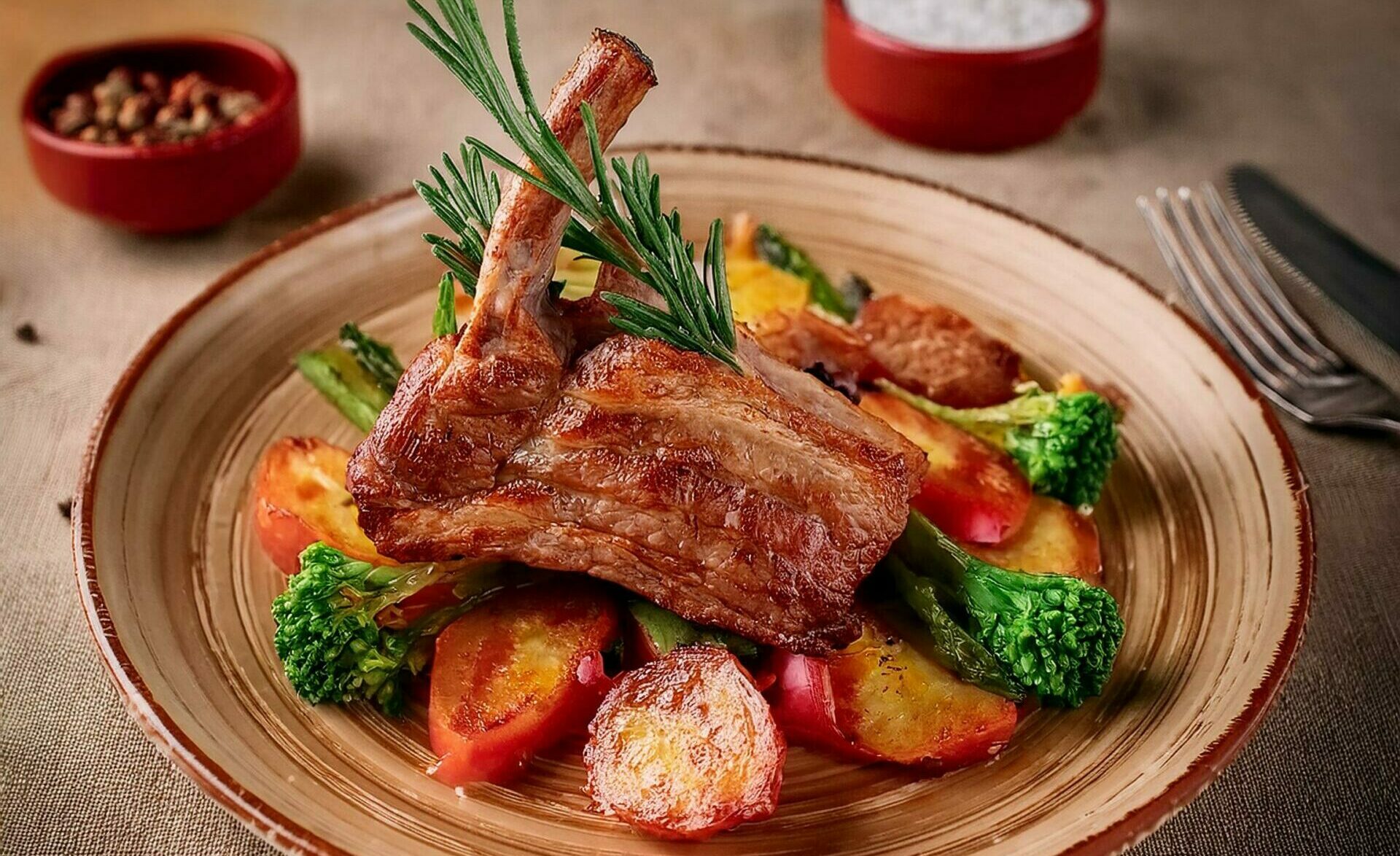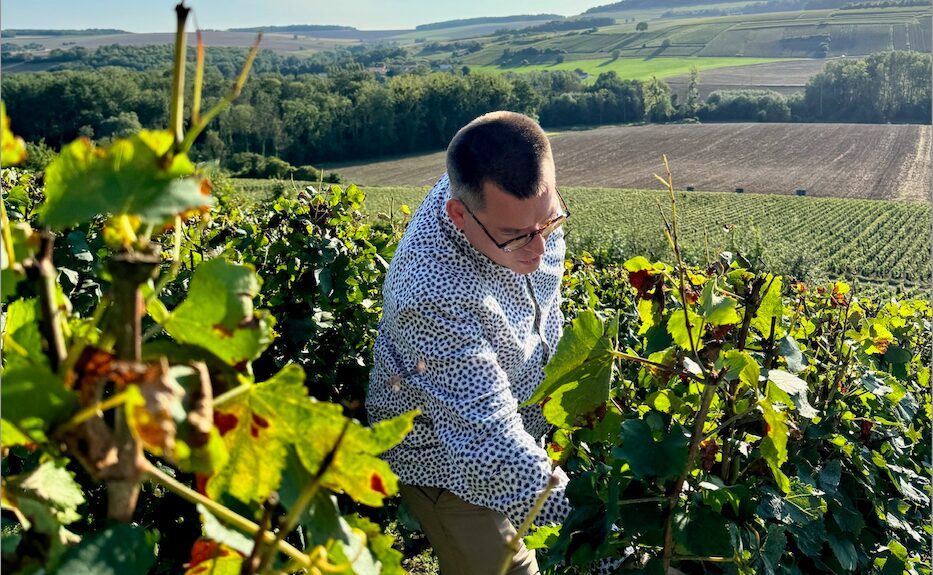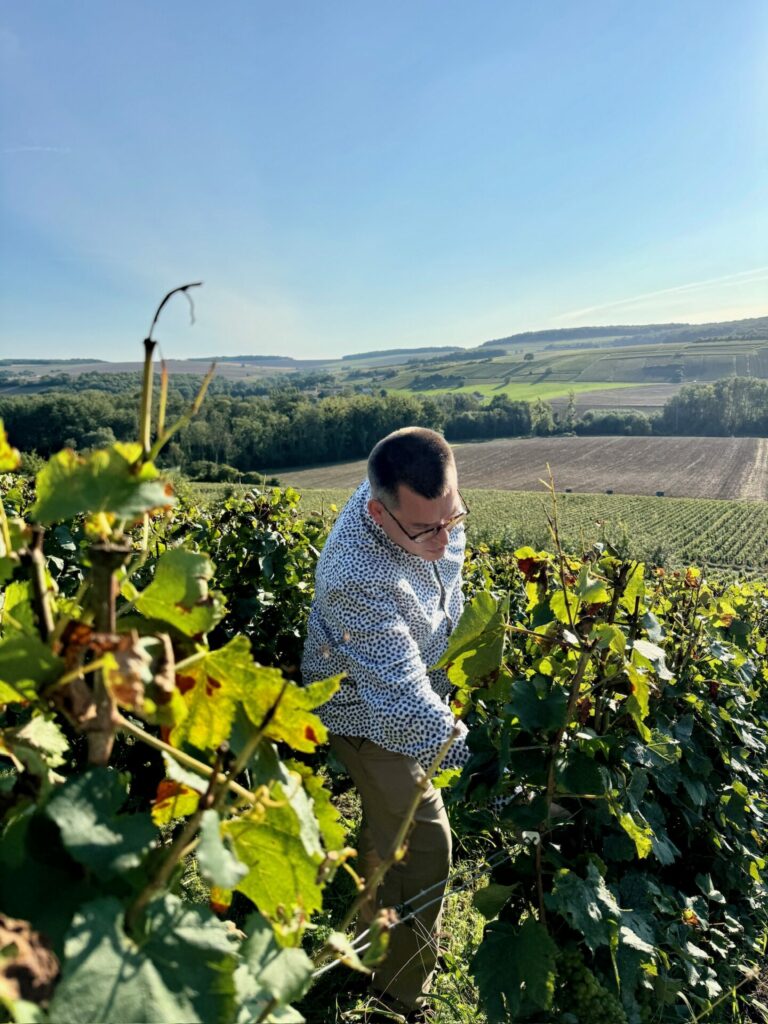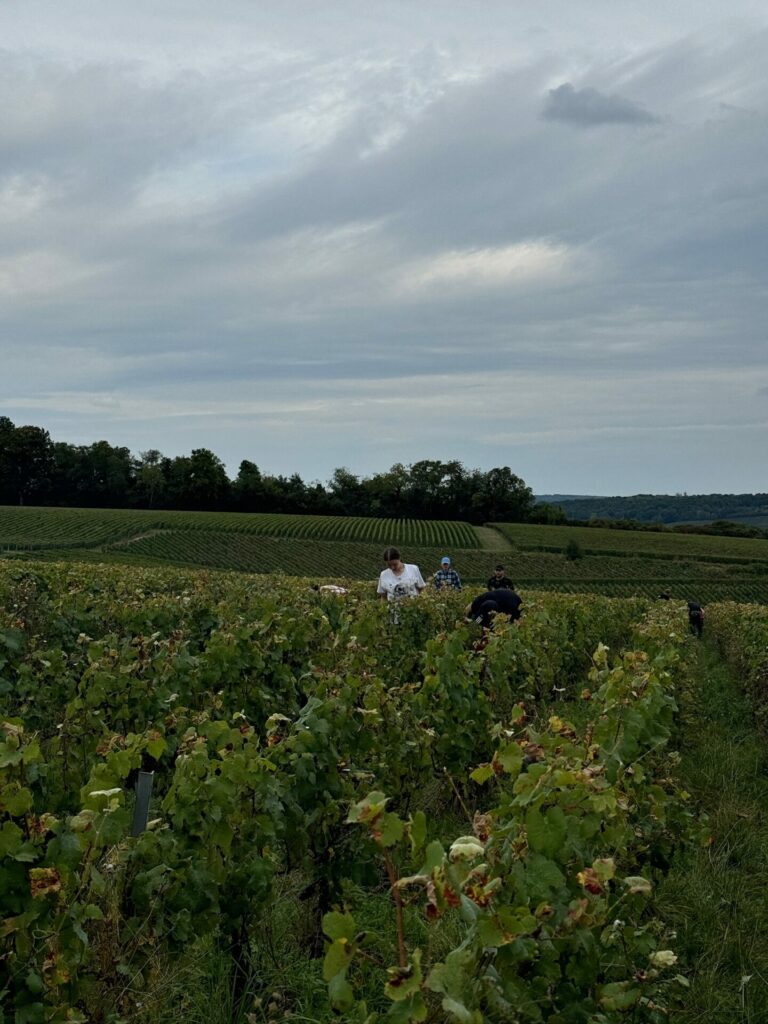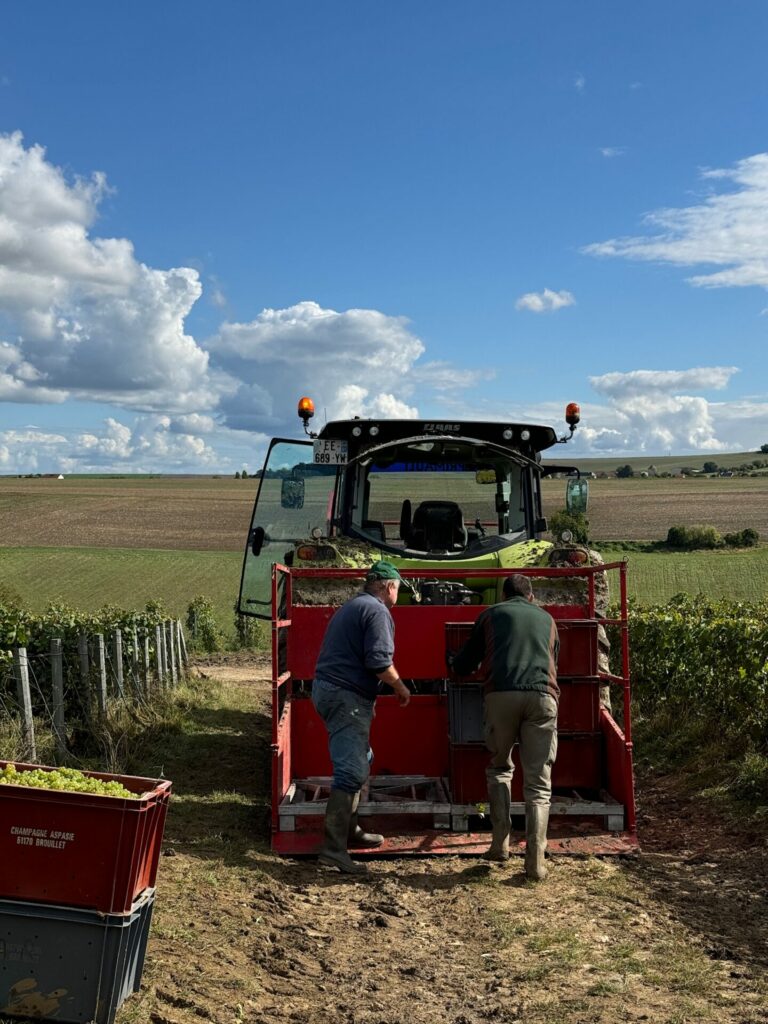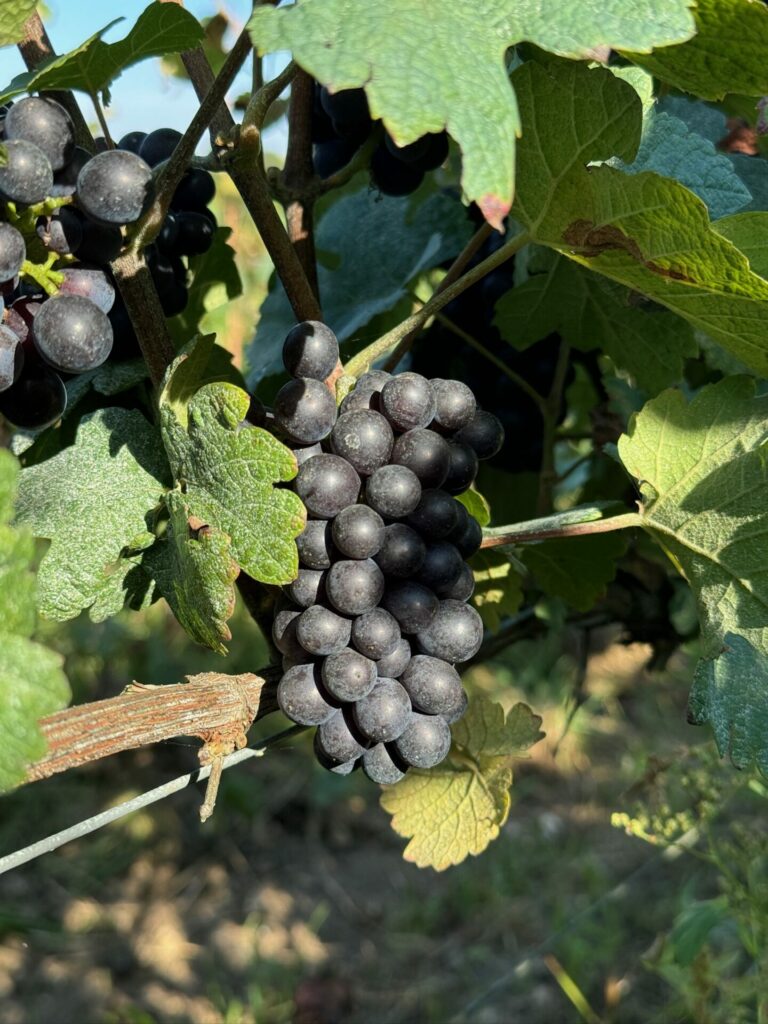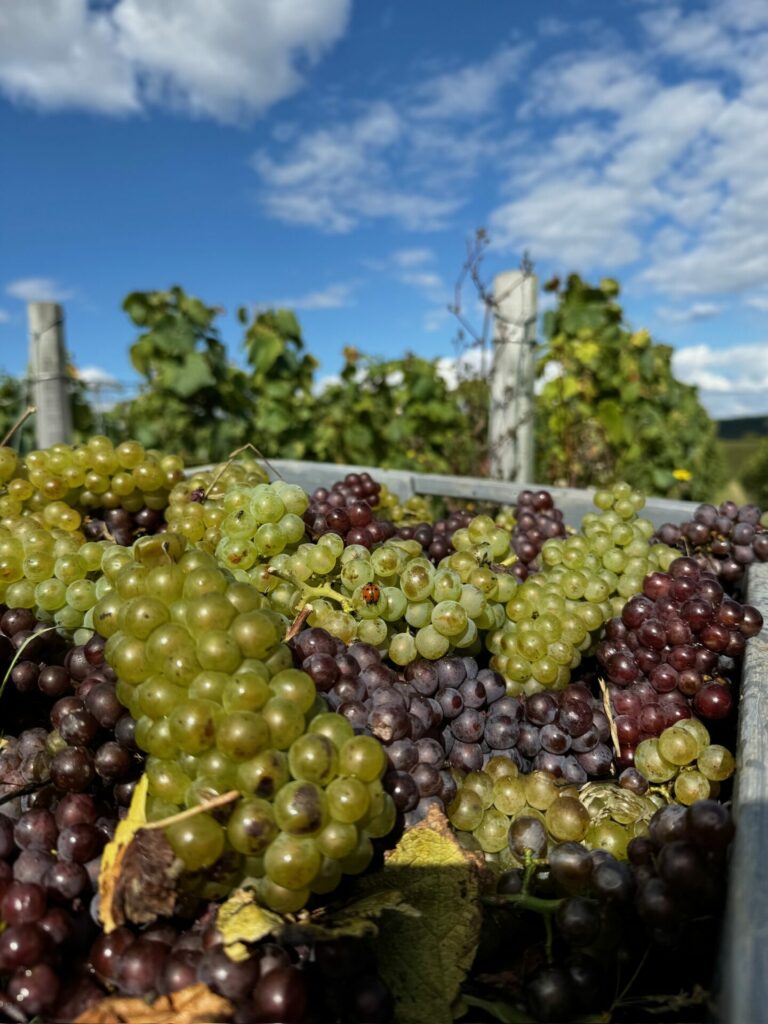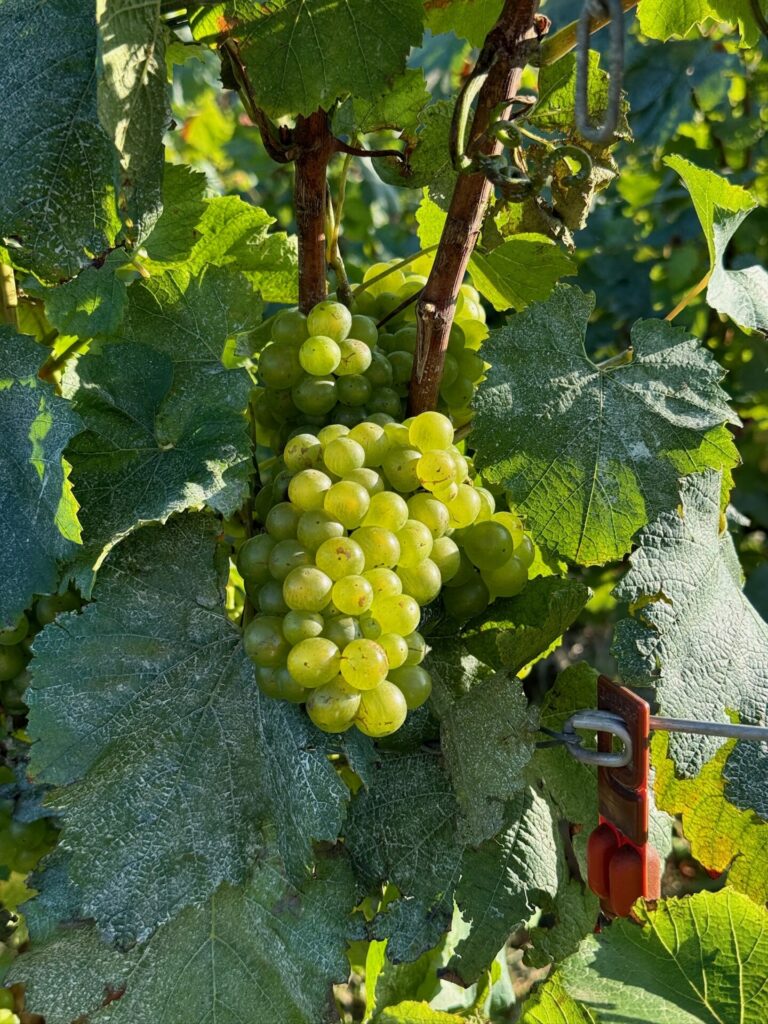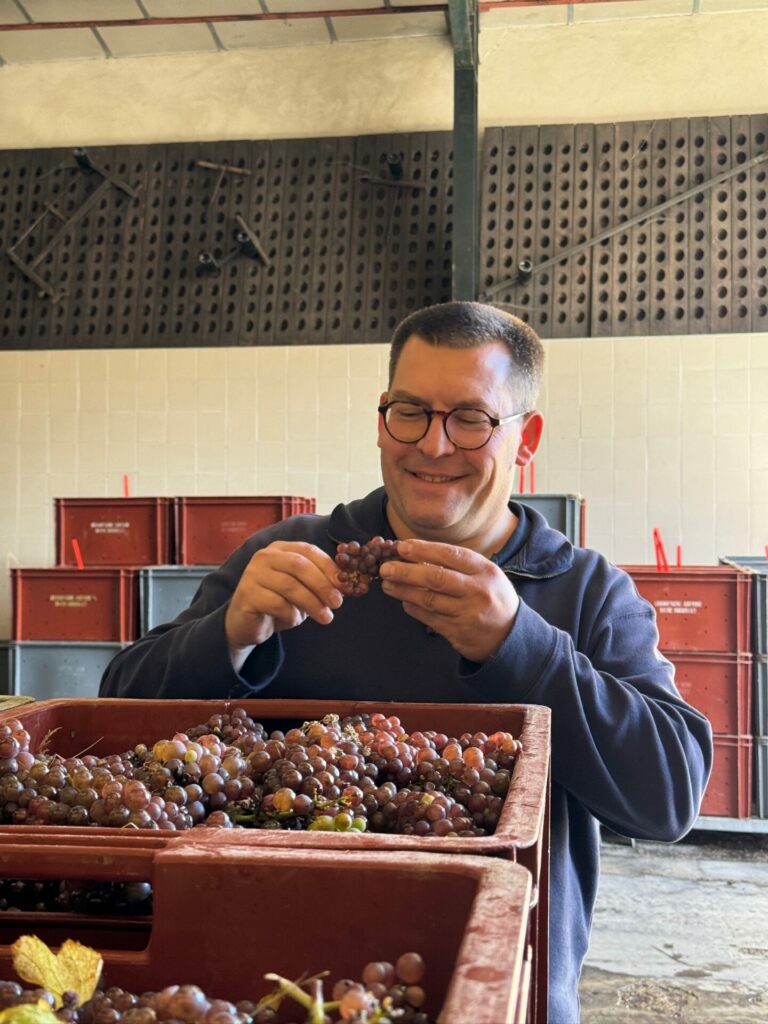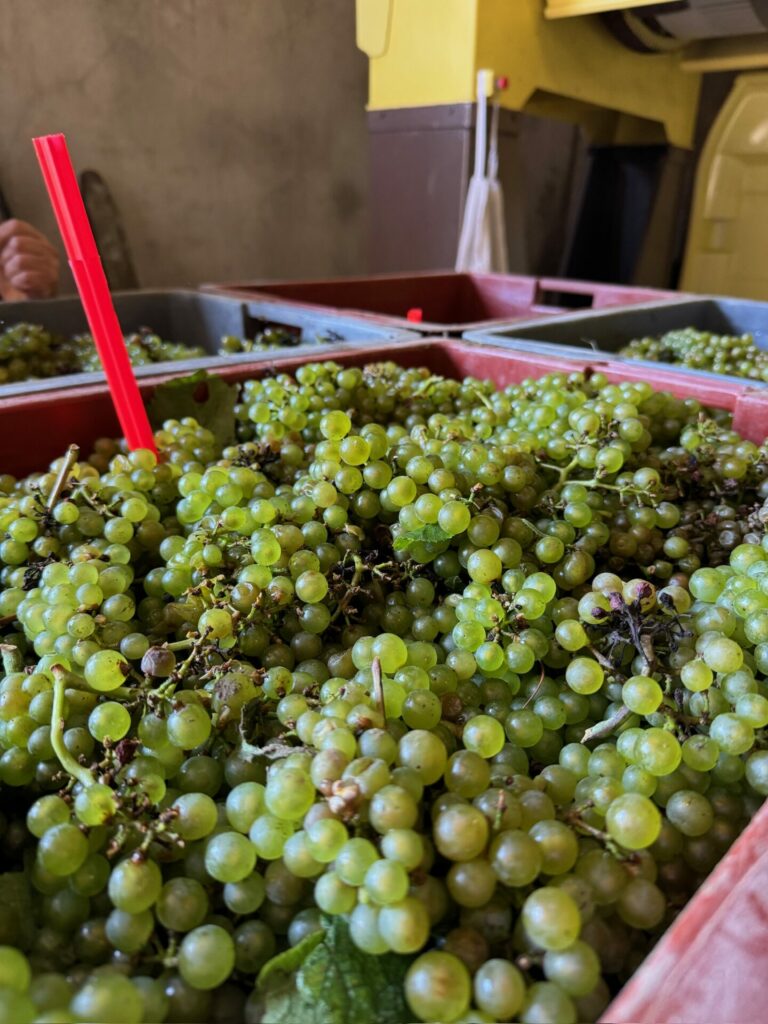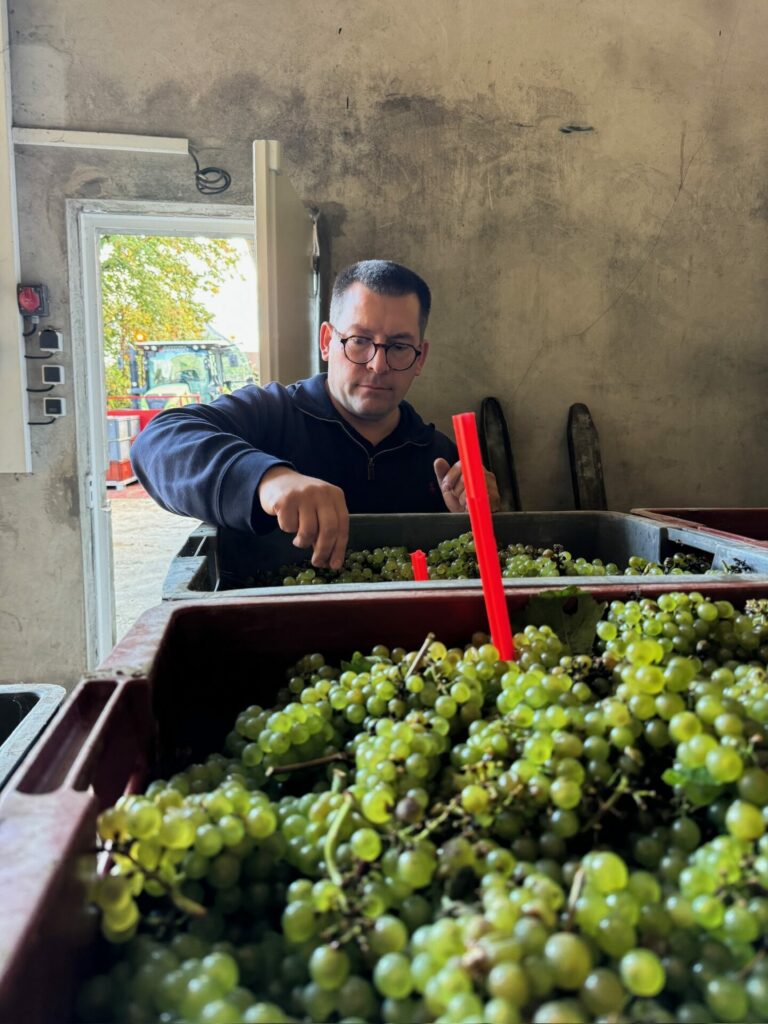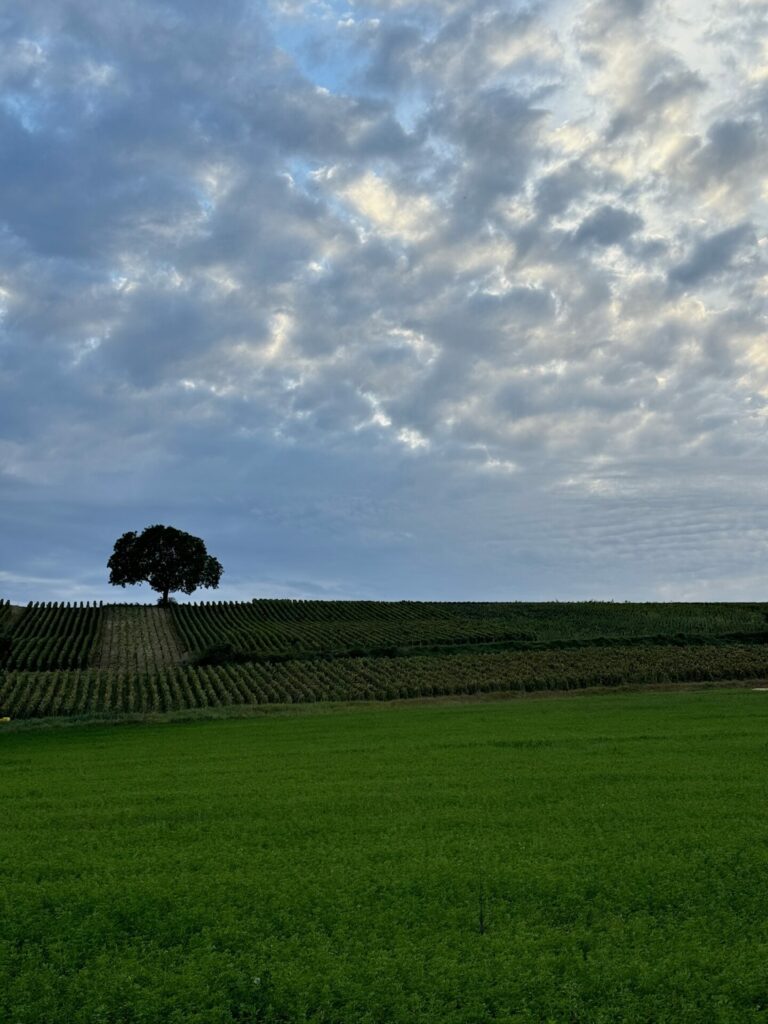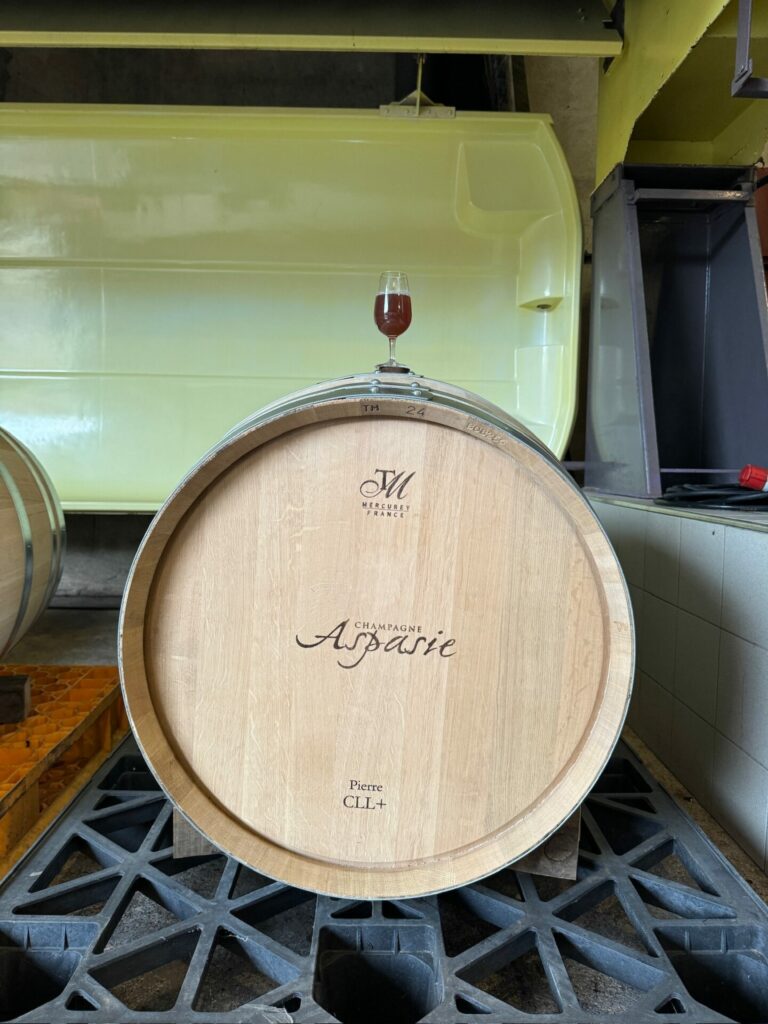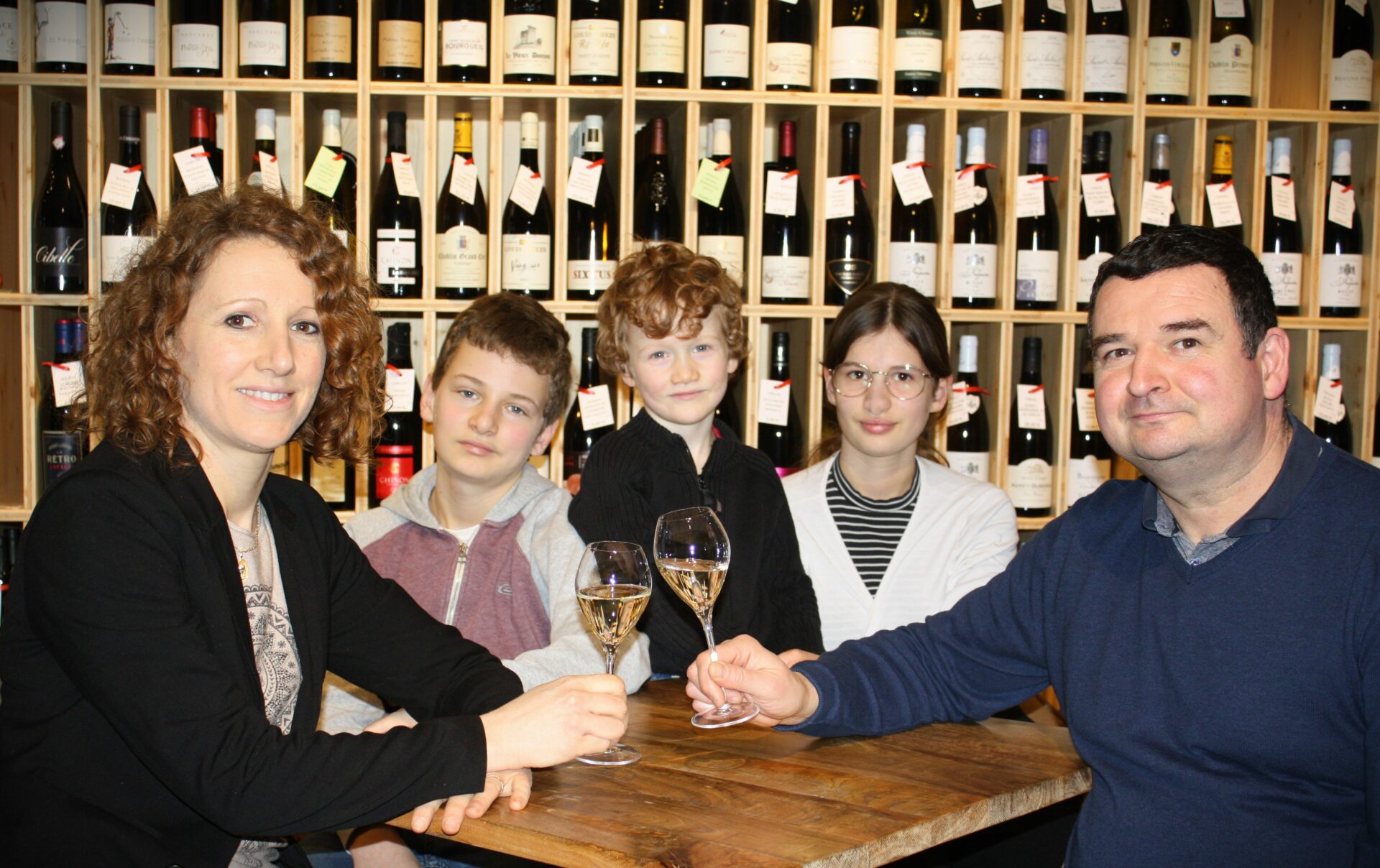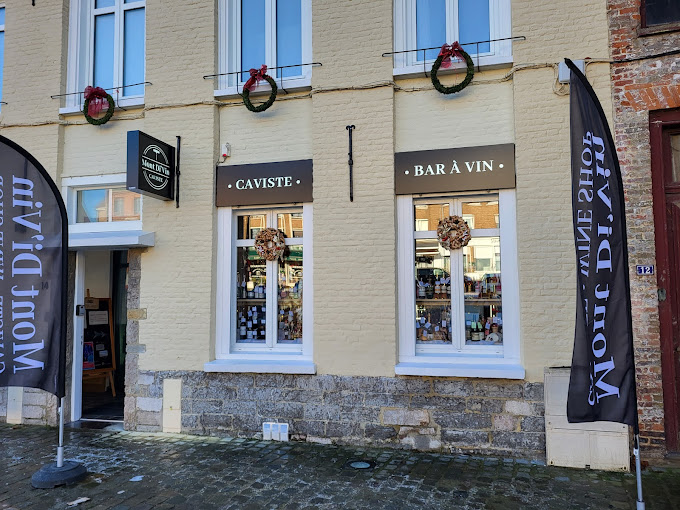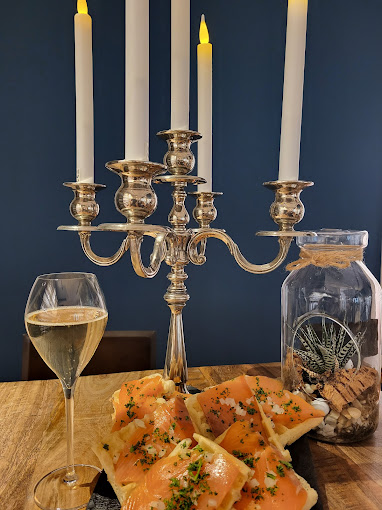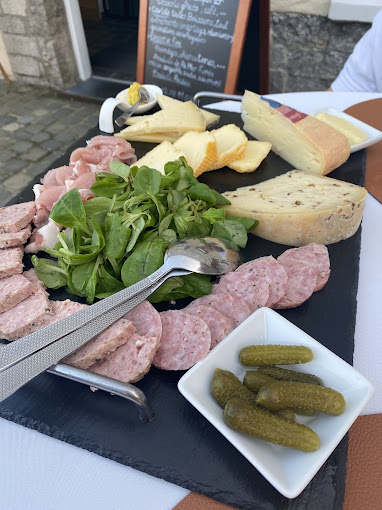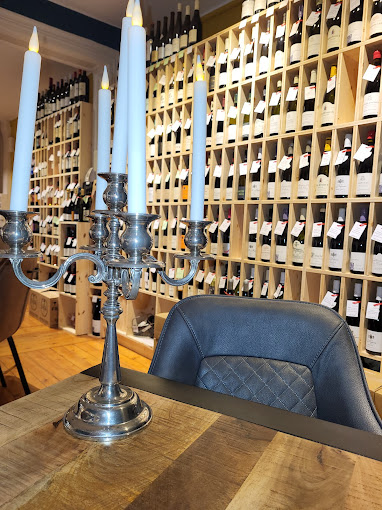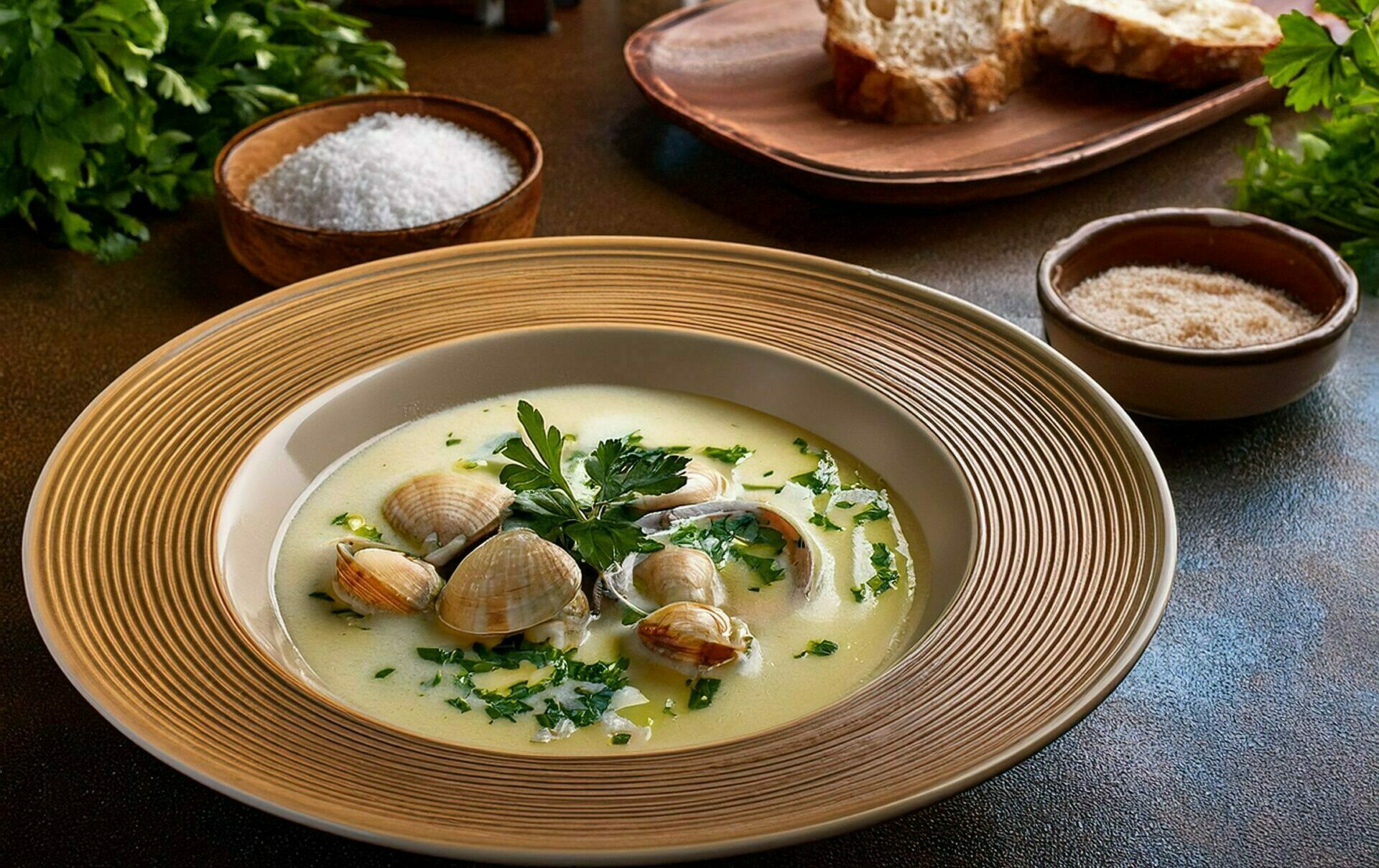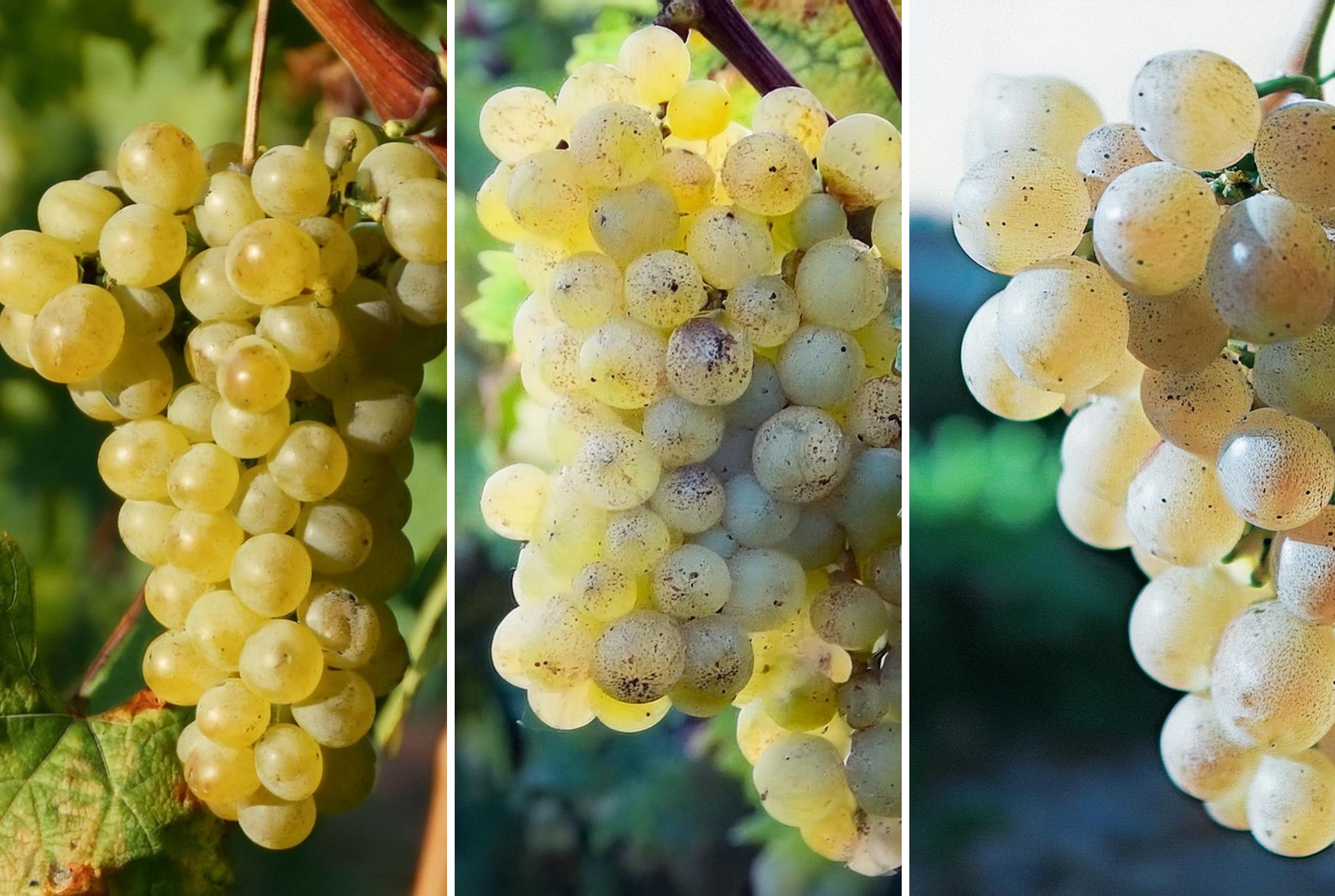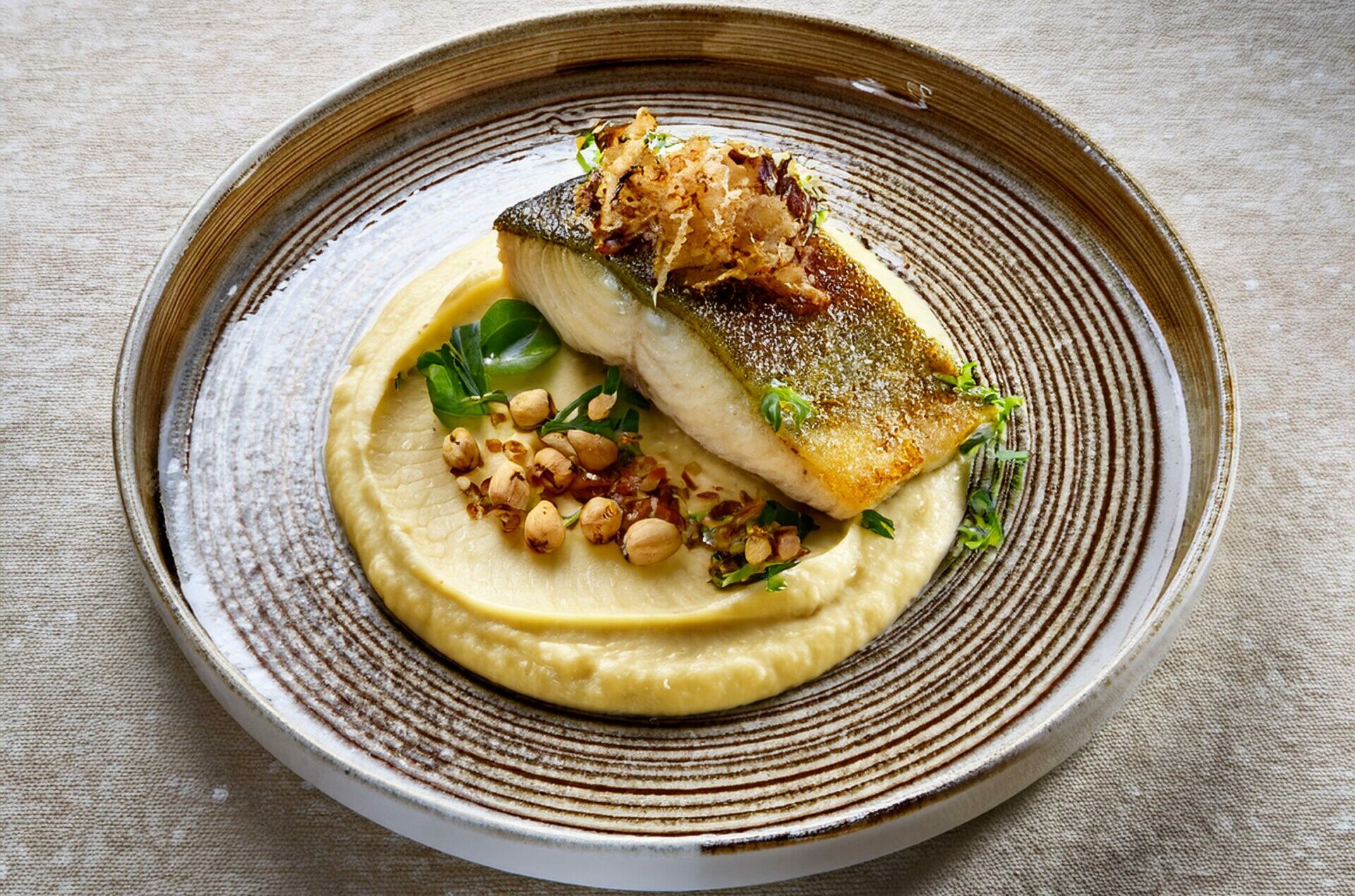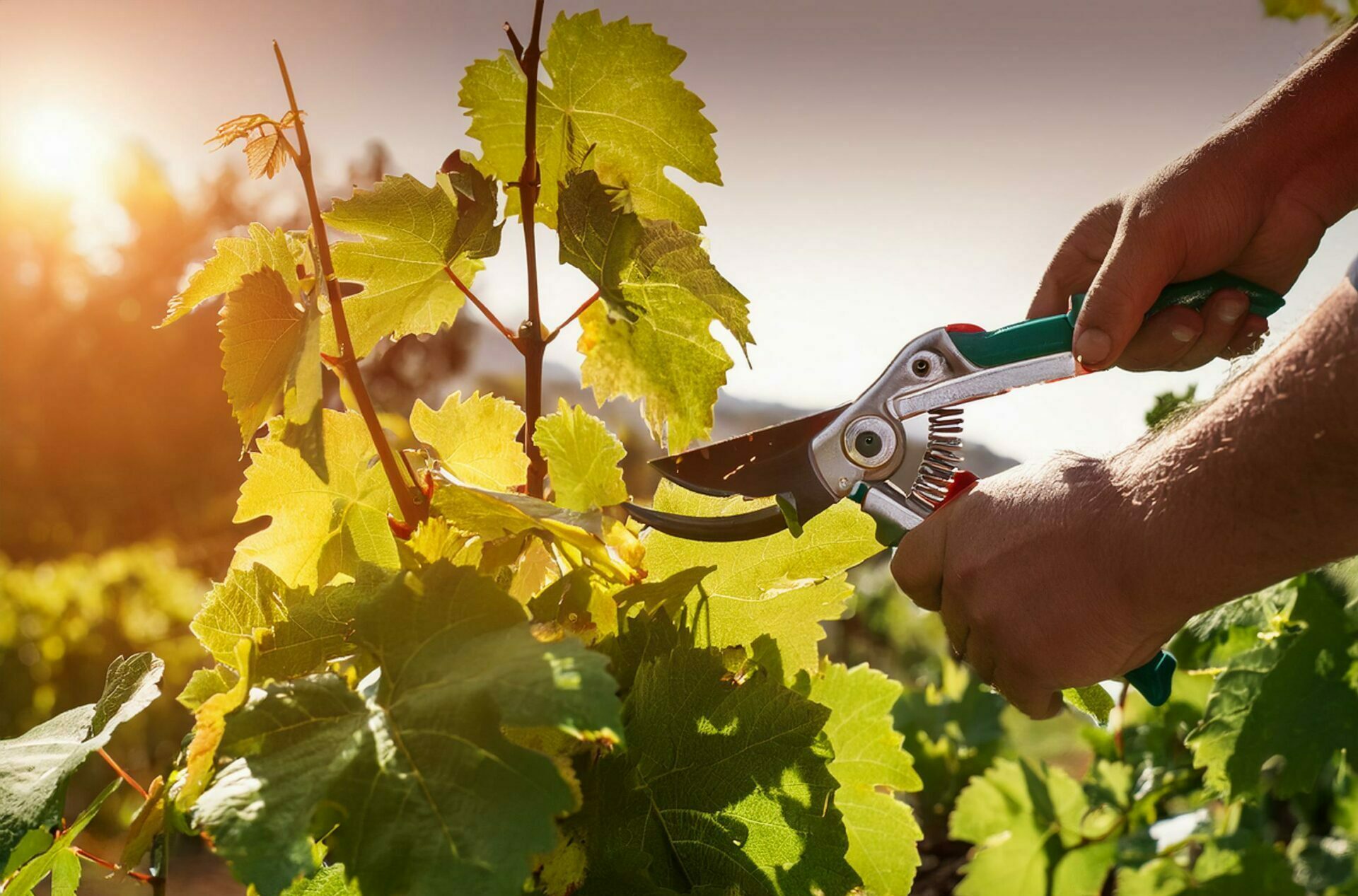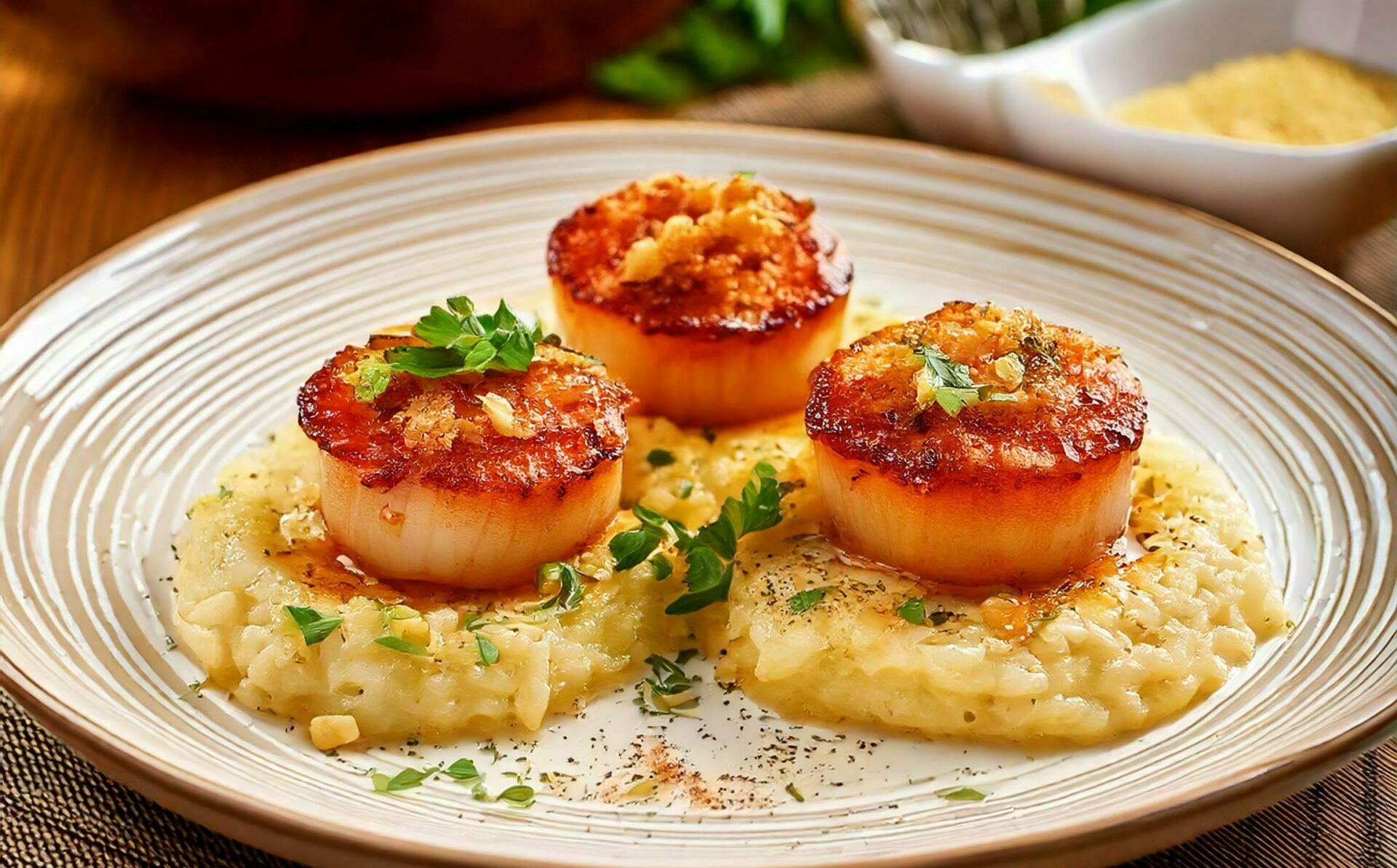
The Brut de Fût Champagne from Champagne Aspasie is a unique cuvée, fully vinified in oak barrels, perfect for fans of oaky and intense champagnes. Its vanilla aromas, hint of roasted hazelnut, and minerality make it an ideal match for structured and creamy dishes. In this spirit, we offer a recipe for grilled scallops paired with a nut crumble, accompanied by a creamy parmesan and lemon risotto for a bold and perfectly balanced food and wine pairing.
Ingredients for 4 people
For the scallops:
- 12 fresh scallops
- 1 tablespoon olive oil
- Salt and pepper
For the nut crumble:
- 50g crushed nuts
- 50g grated parmesan
- 50g breadcrumbs
- 50g cold butter, cut into small pieces
- A pinch of fleur de sel
- Freshly ground black pepper
For the creamy parmesan and lemon risotto:
- 300g Arborio rice (or Carnaroli)
- 1 liter vegetable stock (or fish stock for a stronger seafood flavor)
- 1 finely chopped onion
- 100ml dry white wine
- 50g grated parmesan
- 1 organic lemon (zest and juice)
- 2 tablespoons mascarpone (or sour cream for a lighter version)
- 1 tablespoon olive oil
- Salt and freshly ground black pepper
- Fresh chives or parsley for garnish
Recipe Preparation
Step 1: Prepare the nut crumble
- In a bowl, mix the crushed nuts, parmesan, breadcrumbs, fleur de sel, and a little black pepper.
- Add the butter in small pieces and work the mixture with your fingers until it resembles a sandy, crumble-like texture.
- Preheat the oven to 180°C (350°F) and spread the crumble mixture on a baking tray lined with parchment paper.
- Bake for about 8 to 10 minutes, until the crumble is golden and crispy. Set aside.
Step 2: Grill the scallops - Heat the olive oil in a pan over high heat.
- Season the scallops with a pinch of salt and pepper.
- Sear the scallops for about 1 to 2 minutes on each side until they have a golden color, being careful not to overcook them.
- The scallops should remain tender inside.
- Gently remove them from the pan and place them on a paper towel.
Step 3: Prepare the creamy parmesan and lemon risotto - Heat the olive oil in a saucepan over medium heat and add the chopped onion.
- Cook until it becomes translucent.
- Add the Arborio rice and stir for about 2 minutes until it becomes translucent (slightly see-through).
- Pour in the dry white wine and let it evaporate while stirring.
- Add a ladle of hot stock and cook gently, stirring, until the liquid is absorbed.
- Repeat this process until the rice is creamy and fully cooked (about 18 minutes).
- Stir in the grated parmesan, lemon zest and juice, and mascarpone.
- Season to taste.
Plating and Finishing
- Place three scallops on each plate, then sprinkle each scallop with a bit of the crispy nut crumble for added crunch and nutty flavor.
- Add a serving of the parmesan and lemon risotto next to the scallops.
- Garnish with fresh herbs, such as chives or parsley, for a finishing touch.
Tasting Tip with Brut de Fût Champagne Aspasie
The richness and character of the Brut de Fût champagne beautifully complement the slightly grilled flavor of the scallops, the crunch of the nut crumble, and the creaminess of the parmesan and lemon risotto. With its creamy effervescence and toasted hazelnut and cocoa notes, this champagne enhances the delicate, marine flavors of the scallops. Serve the Brut de Fût at an ideal temperature of 10°C in a tall glass to fully appreciate its complex aromatics and finesse.


